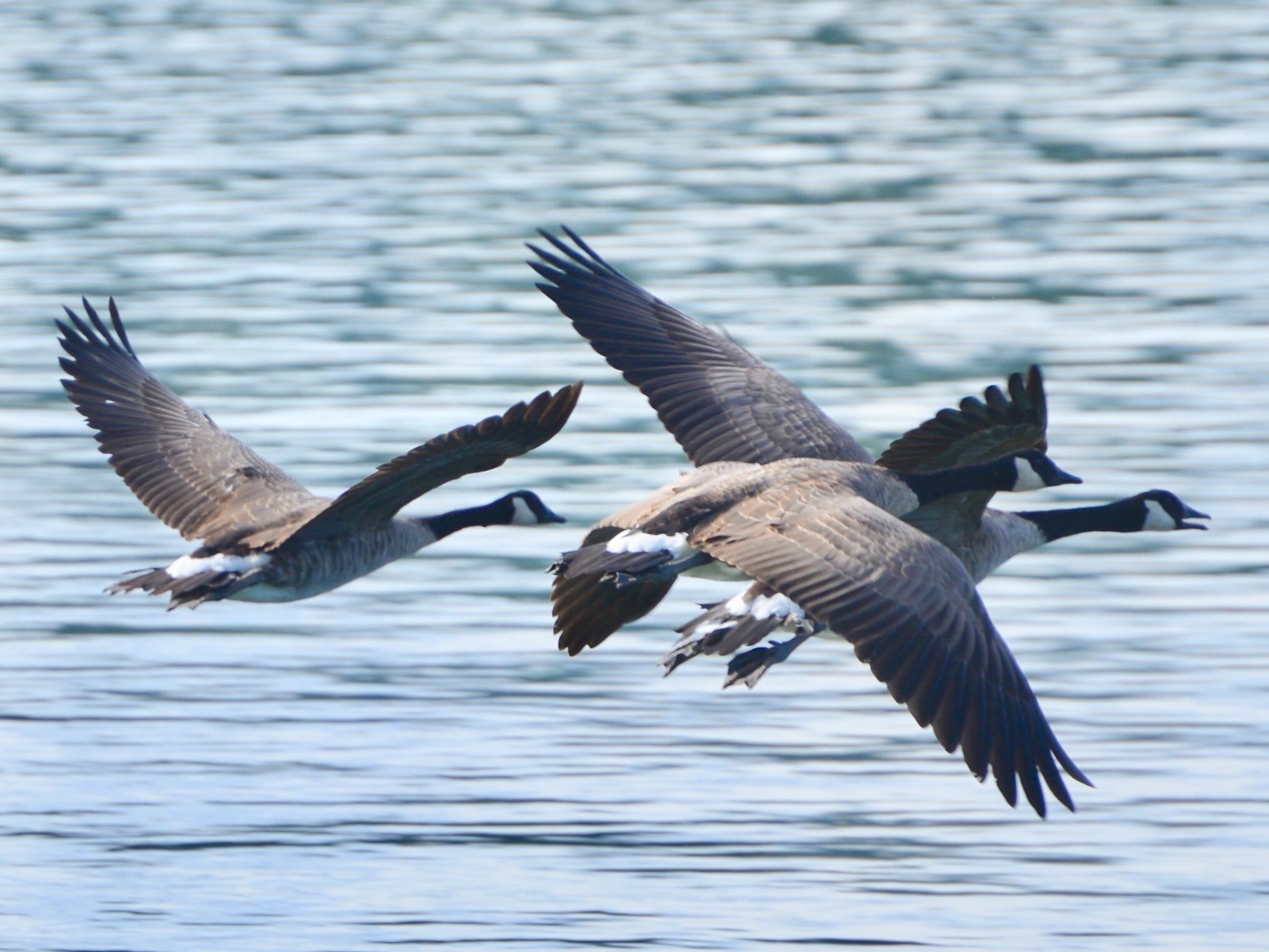Dungeness Spit National Wildlife Refuge
IBA (Important Birding Area)
Directions: From Sequim head west on US 101 for 4.5 miles and turn right at Milepost 260 onto the Kitchen-Dick Road. At 3.3 miles, Kitchen-Dick sharply turns right, becoming Lotzgesell Road. In another 0.25 mile, turn left on Voice of America Road and proceed one mile through the Clallam County park and campground to the trailhead.
Ownership: US Fish and Wildlife Service
Trail Distance: 1.5 miles round trip. 5 miles of beach
Difficulty: easy trail to beach. Beach hike may be difficult in highest tides.
Fees/Permits: $3 per family entry fee (Interagency passes accepted).
Notes: Closed at sunset. Dogs prohibited. Water and restrooms available. Seasonal closures throughout the refuge to protect wintering and nesting birds.
The 641-acre Dungeness National Wildlife Refuge consist of one of the longest coastal sand spits in the world. A narrow strip of sand, dune, and beached logs, the Dungeness Spit protrudes more than 5 miles into the Strait of Juan de Fuca. Graveyard Spit juts south from Dungeness Spit creating a large shallow calm harbor. The spits, harbor, adjacent bay, bluffs and forested uplands make up some of the finest bird habitat in the state. More than 250 species have been recorded at the refuge.
The eelgrass beds in Dungeness Bay and Harbor host some of the state’s largest concentrations of wintering harlequin ducks, scaups, black brants, black-bellied plovers and dunlins. Along the spit and bay waters also look for Caspian terns, black oystercatchers, jaegers, scoters, long-tailed ducks, and marbled murrelets. Occasionally gyrfalcons and snowy owls visit the refuge during the winter.
Consider hiking the spit to the New Dungeness Lighthouse which was built in 1857 and is the second oldest lighthouse in the state. The refuge borders a 216-acre county park with a trail along a high bluff. Watch for owls, northern harriers and songbirds along the way.





